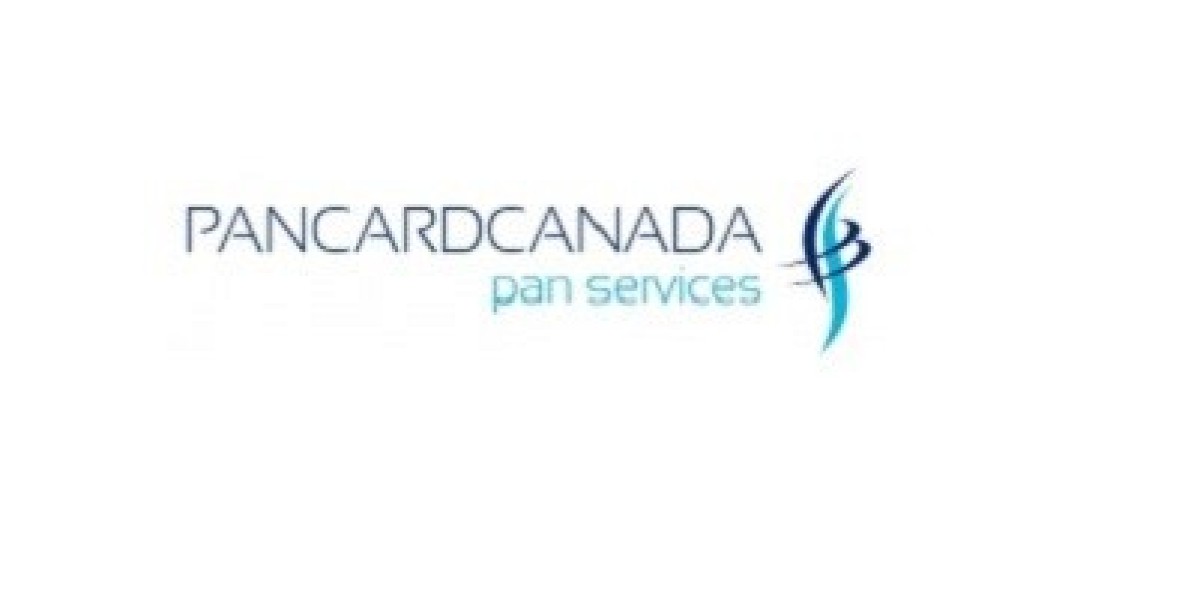In the dynamic world of construction, innovation drives progress. Two notable advancements, steel frame fabrication, and kit building, have transformed the way buildings are constructed. In this article, we explore the significance of steel frame fabrication and kit building, their advantages, and their impact on modern construction practices.
Understanding Steel Frame Fabrication
Steel frame fabrication involves the process of manufacturing steel components off-site, which are then transported to the construction site for assembly. This method offers precision engineering, as components are fabricated according to exact specifications using advanced technologies like computer-aided design (CAD) and automated machinery. Steel frame fabrication provides structural integrity, durability, and customization options, making it ideal for a variety of building projects.
Advantages of Steel Frame Fabrication
Precision Engineering: Components fabricated off-site are manufactured with high precision, ensuring consistency and accuracy in dimensions.
Efficiency: Steel frame fabrication streamlines the construction process, reducing on-site labor requirements and shortening project timelines.
Versatility: Steel frame fabrication allows for customization in design, enabling architects and builders to create unique and innovative structures tailored to specific requirements.
Exploring Kit Building
Kit building, also known as prefabricated or pre-engineered construction, involves the assembly of building components manufactured off-site into complete structures at the construction site. Kits typically include pre-cut and pre-drilled materials along with detailed assembly instructions, facilitating rapid construction. Kit building offers simplicity, speed, and cost-effectiveness, making it a popular choice for a wide range of building applications.
Advantages of Kit Building
Ease of Assembly: Kit building come with pre-engineered components and clear assembly instructions, simplifying the construction process and reducing labor costs.
Speed: The prefabricated nature of kit buildings enables quick assembly on-site, allowing for faster project completion and reduced construction timeframes.
Cost-Effectiveness: Kit building minimizes material waste and labor expenses, resulting in overall cost savings for building projects.
Applications of Steel Frame Fabrication and Kit Building
Steel frame fabrication and kit building find applications across various sectors and building types, including:
Commercial Buildings: Offices, retail outlets, and restaurants benefit from the efficiency and versatility of steel frame fabrication and kit building.
Residential Construction: Kit building is increasingly used in residential construction for single-family homes, multi-family dwellings, and prefabricated housing units.
Industrial Facilities: Steel frame fabrication is well-suited for industrial facilities such as warehouses, manufacturing plants, and distribution centers due to its strength and durability.
Conclusion
Steel frame fabrication and kit building represent innovative approaches to construction, offering efficiency, durability, and cost-effectiveness for building projects of all sizes and types. By leveraging the advantages of these methods, builders and developers can accelerate construction timelines, reduce costs, and create structures that meet the demands of modern architecture and engineering.







